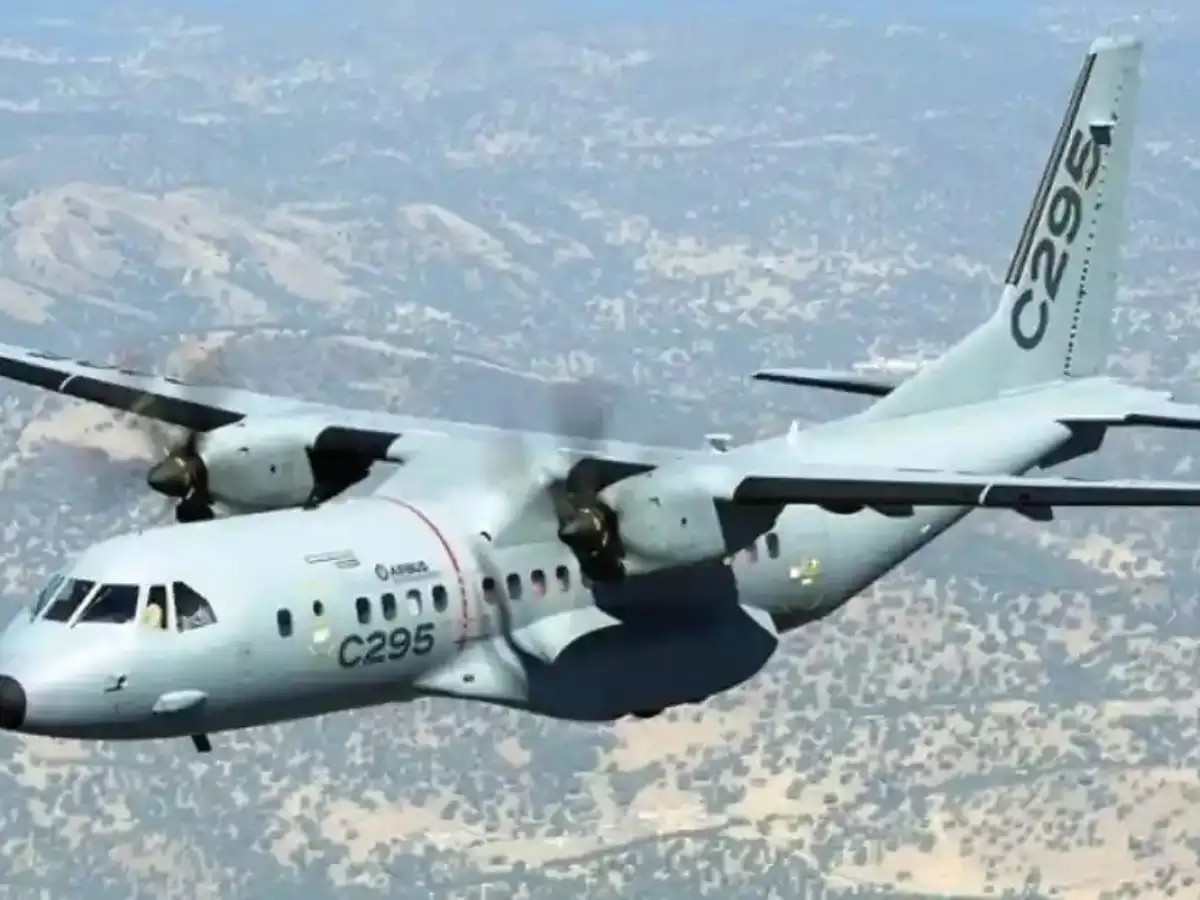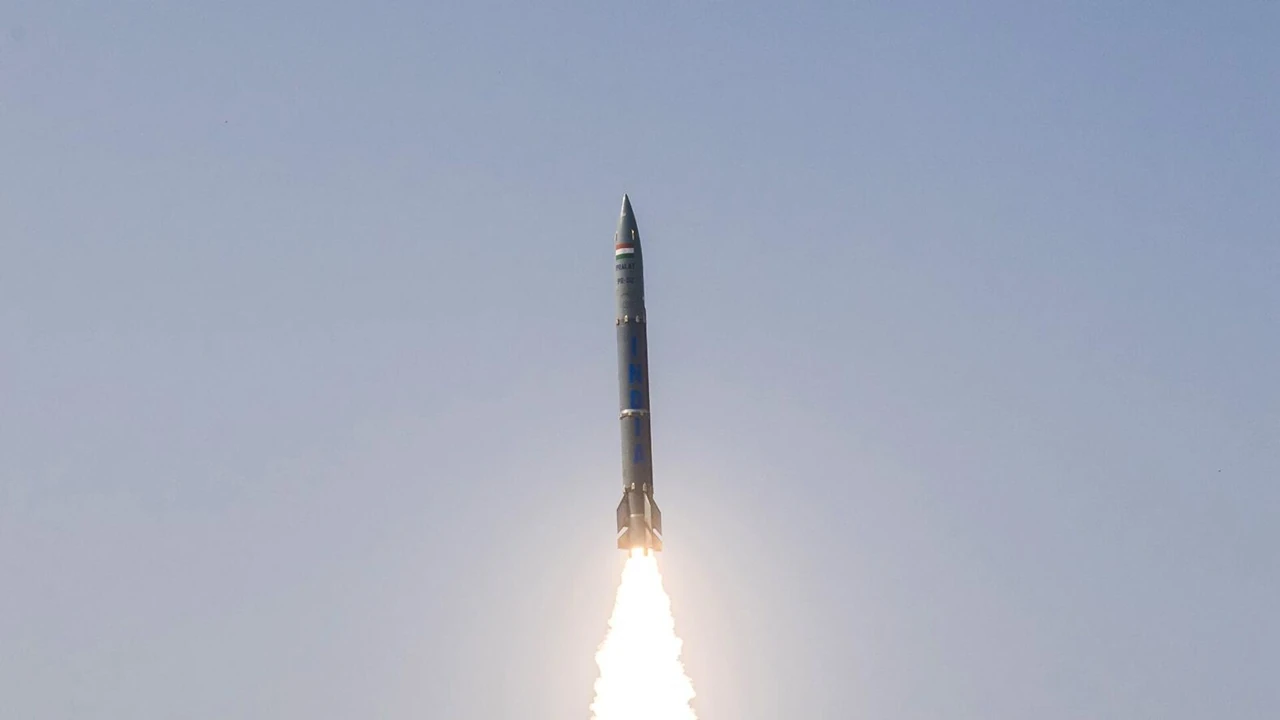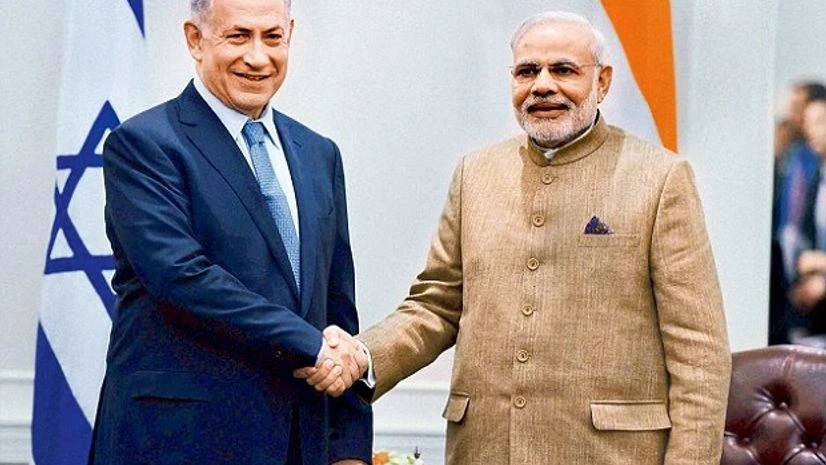South Korea’s KF-21 Boramae appears to be a highly feasible option for the Indian Air Force (IAF) in its Multi-Role Fighter Aircraft (MRFA) program, primarily due to its technical capabilities, cost-effectiveness, and potential for domestic integration under India’s “Make in India” initiative.
The KF-21 is a twin-engine, 4.5-generation multirole fighter currently entering production, with the first delivery to the Republic of Korea Air Force expected in 2026.
It features advanced avionics such as AESA radar, infrared search and track, electronic warfare systems, and weapon integration. Powered by two General Electric F414 engines—the same engine model selected for India’s TEJAS MK-2 and AMCA programs—the KF-21 offers operational commonality with Indian platforms that can simplify maintenance and logistics.
India is facing a shortage of operational combat squadrons due to retiring older jets like the MiG-21 and Jaguar. The KF-21 could help address this quantitative gap quickly because it is entering production soon, potentially allowing deliveries to India within the next few years. Its unit price currently ranges from $87 million to $110 million, which is competitive compared to other advanced fighters such as the Rafale or F-35.
Another strategic advantage for India is the KF-21’s modular design and open architecture. India could potentially incorporate indigenous systems such as the Uttam AESA radar and Astra missiles, provided software integration agreements are reached.
Moreover, a “Make in India” partnership is possible for assembly or co-production, allowing India to enhance its domestic aerospace manufacturing base and eventually perform upgrades to 5th-generation capabilities using technologies developed for the AMCA—such as internal weapons bays and stealth features planned for KF-21 Block III variants.
The KF-21’s versatility also includes plans for naval variants, which could be attractive to the Indian Navy as well, possibly aiding in carrier-based operations, thus reducing the need for separate naval fighter procurements .
In conclusion, the key factors supporting the KF-21’s feasibility for the IAF include:
Timely production and delivery schedule aligning with IAF’s urgent needs.
Engine commonality reducing logistical complexity.
Competitive cost relative to Western 4.5- and 5th-generation fighters.
Modular design enabling future stealth upgrades and integration of Indian weapons and avionics.
Potential for significant local assembly or manufacturing under “Make in India.”
Prospective naval variant expanding operational roles.
While the KF-21 is not a fully stealth 5th-generation fighter yet, India could view it as an interim or complementary platform alongside indigenous 5th-generation programs like the AMCA and other foreign acquisitions.
This approach balances immediate squadron replenishment with longer-term technological advancement, potentially making the KF-21 a practical and strategic fit for India’s evolving air combat needs .
Overall, the KF-21 Boramae represents a credible, cost-effective, and strategically compatible candidate for the IAF’s MRFA requirements.
In July, Bloomberg reported that India had notified U.S. officials it was not seeking to acquire the F-35, despite multiple efforts by Washington to engage.
IDN


